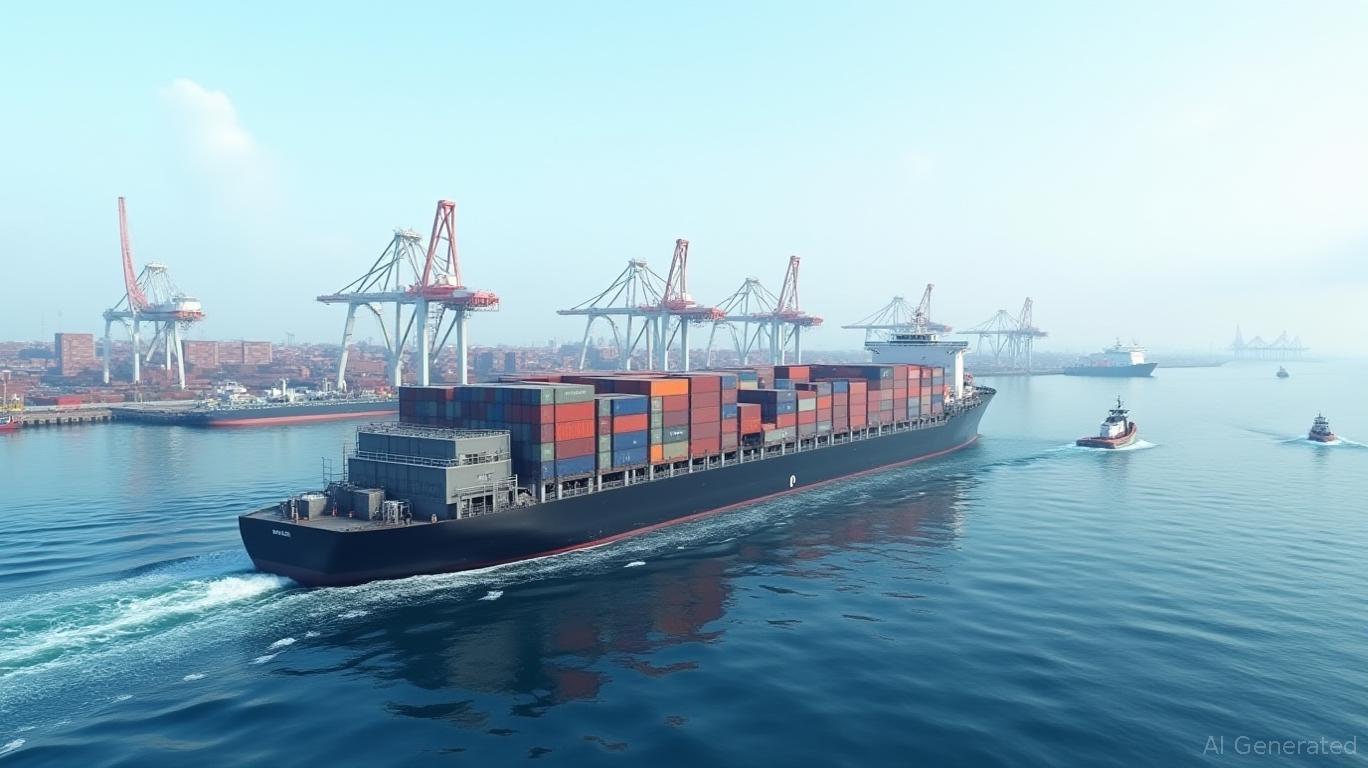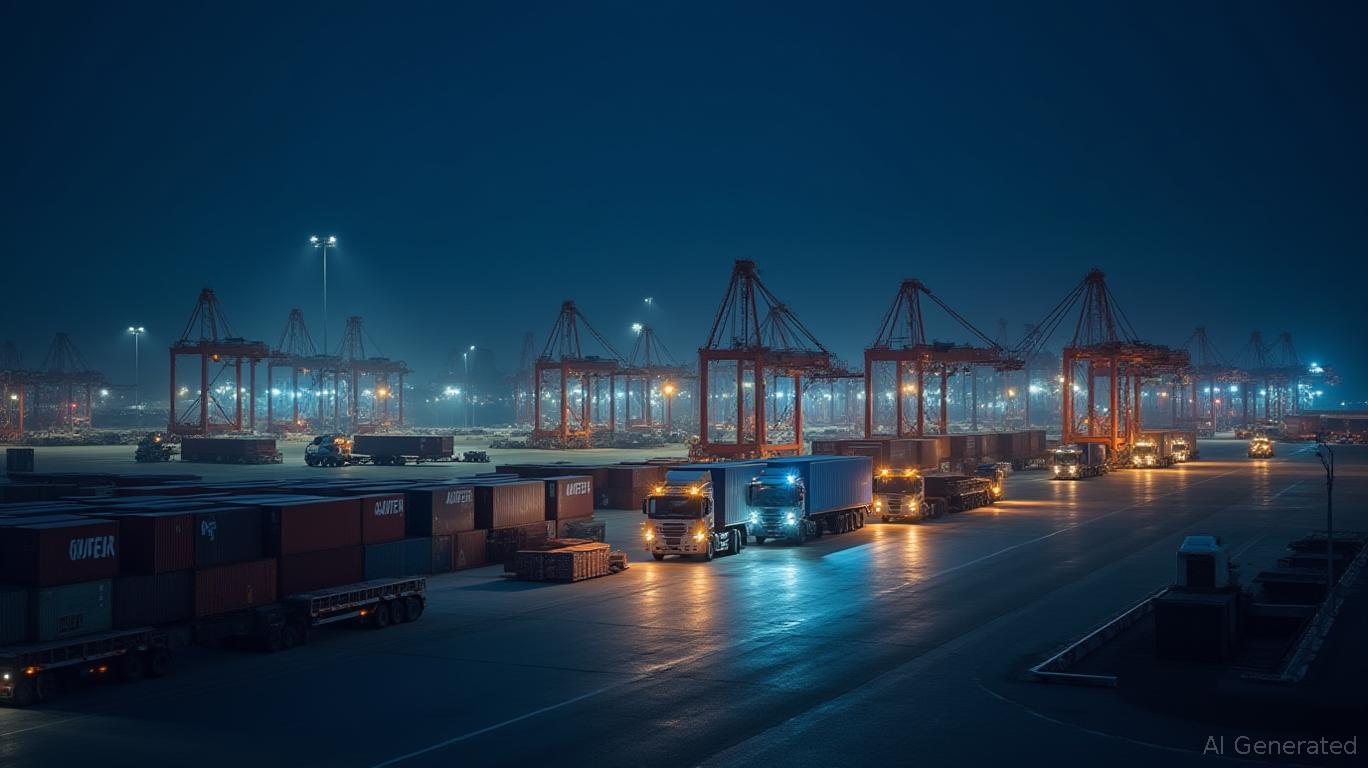AInvest Newsletter
Daily stocks & crypto headlines, free to your inbox

The U.S. Import Price Index for July 2025, which rose by a modest 0.07% month-over-month (MoM), fell below the expected 0.3% increase, signaling a nuanced shift in inflationary pressures and logistics demand. This deviation from forecasts, coupled with historical trends, offers critical insights for investors assessing opportunities in the Transportation Infrastructure and Marine Transportation sectors.
The July reading followed a 0.1% increase in June and a 0.4% decline in May, highlighting the index's volatility. The rise was driven by nonfuel imports—industrial supplies, materials, and consumer goods—while fuel prices, particularly natural gas, dragged down the overall index. This divergence underscores a key dynamic: nonfuel import demand remains resilient, whereas fuel-related logistics costs are easing.
For Marine Transportation, this duality presents both opportunities and risks. The sector, which handles 53% of U.S. imports by value, benefits from stable nonfuel demand (e.g., machinery, consumer goods) but faces headwinds from falling fuel prices, which reduce the cost of shipping but may also signal weaker economic activity. Historical backtesting reveals that marine transport companies often see improved margins during periods of falling fuel prices, as lower operational costs offset reduced freight rates. However, prolonged weakness in import volumes could erode demand for shipping capacity.
The Transportation Infrastructure sector, encompassing air freight, rail, and logistics hubs, is similarly affected by shifting import dynamics. Air freight prices, for instance, fell 3.0% in May 2025, reflecting reduced demand for time-sensitive shipments. While this may lower costs for shippers, it could also indicate a broader slowdown in global trade.
Historically, infrastructure investments in transportation—such as port expansions or rail modernization—have shown resilience during periods of moderate inflation. For example, the 2022–2025 period saw a 1.7% annual increase in nonfuel import prices, which correlated with a 12% surge in container ship calls at U.S. ports. However, the July 2025 data suggests that infrastructure providers may need to prioritize cost optimization over expansion, as softer inflationary pressures could delay capital-intensive projects.
The July 2025 U.S. Import Price Index, while below expectations, highlights the interplay between inflationary forces and sector-specific dynamics. For Marine Transportation, the key lies in navigating fuel cost fluctuations and capitalizing on nonfuel demand. For Transportation Infrastructure, the focus should be on aligning with long-term modernization trends while managing short-term demand volatility. By leveraging historical backtesting insights and current data, investors can position themselves to capitalize on these evolving opportunities.

Dive into the heart of global finance with Epic Events Finance.

Oct.14 2025

Oct.14 2025

Oct.14 2025

Oct.13 2025

Oct.13 2025
By continuing, I agree to the
Market Data Terms of Service and Privacy Statement
Daily stocks & crypto headlines, free to your inbox
Comments
No comments yet